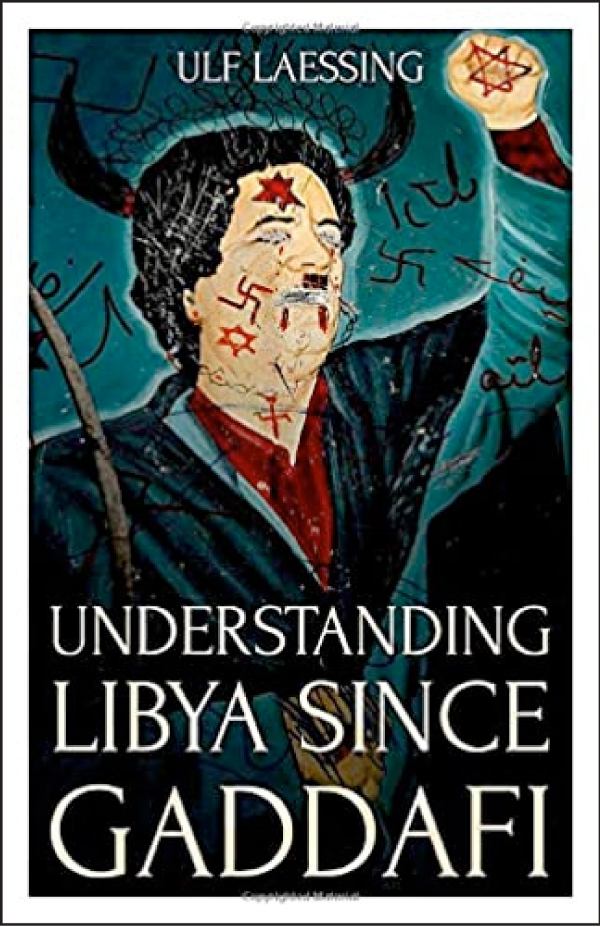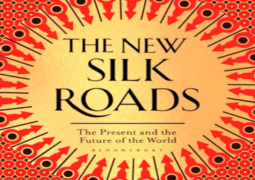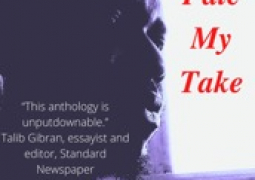
Ulf Laessing’s book Understanding Libya Since Gaddafi is published at a time when it has never been so important to know what is happening in Libya, but few outside the country and diaspora actually appreciate and comprehend events there. Libya post-2011 conjures up an image of chaos and disappointment at the perceived failure of the Arab Spring, but the story is more complex and nuanced than that.
Laessing, a Reuters Bureau Chief for Egypt and Sudan, covered Libya extensively pre, during and post the 2011 uprising. From battlefields to ministries in Tripoli, he has personally witnessed Libya’s transformation. Part of Libya’s descent into chaos post-revolution is rooted in Libya’s historically chaotic pre-revolutionary state structures, he explains. In 1969, a military coup that would bring Muammar Gaddafi to power, toppled Libya’s long-term ruler King Idris. With no prior experience of government, Gaddafi sought to reinvent the state.
“Gaddafi,” writes Laessing, “frustrated by the lack of revolutionary fervour among the general public, launched what he called a ‘popular revolution’ in a speech in Zuwara, a small town near the Tunisian border in 1973. He stunned even his closest allies by declaring all laws nullified, calling on citizens to take up arms and dissolve the state.”
The weakness of the Libyan state goes back to its foundations in the pre-Gaddafi era, but under him, while a certain level of stability was achieved, this was often offset by his own inconsistency towards state building. According to Laessing, “Gaddafi kept the army weak to minimise the danger of a coup d’état and set up competing security agencies to keep watch on one another. Special brigades were recruited from his own tribe.”
Despite having a formal state structure, it is clear from Laessing’s book that the tribes still played a huge role in Libyan politics and the reliance on tribalism disenabled the state’s governance. I would argue that the author makes a crucial point here which helps us to understand the rapid collapse of the Libyan state in 2011. It has never really recovered and the book explores the numerous ways that this is true, with different militias taking up positions in ministries and the armed forces, while some enacted their own rule over an area without any official governmental authorisation to do so. Indeed, in Libya, militias would often hold more power than the nominal government. “Whenever militias started to fight [one another], officials would either disappear or refuse to comment — tacit acknowledgment of their powerlessness,” Laessing observed as a reporter in 2013.
What makes this book interesting is the fact that the author’s analysis is interlaced with his personal experience of reporting from the country. We get a taste of the country that rarely comes across in standard news reports. Reflecting on the confusion, he writes, “With the exception of the National Oil Corporation (NOC) and the central bank, the most organised entities in an otherwise lawless country, few Libyan officials used their government email accounts, relying instead on Yahoo or Gmail. I dealt with senior central bank officials who also had no corporate email address, leaving open the question of whether they were speaking to me in a private or official capacity. For legal reasons, the US and its European counterparts were often unable to approve training requests made using unofficial email addresses.”
From Laessing’s analysis, it is clear that neither the Europeans nor Libyan officials were interested in reconstructing the country, a fact which contributed to the country’s breakdown. The book also charts the rise of Khalifa Haftar and how European states threw their weight behind him, which suggests a desire to maintain the instability.
This book has a number of strengths which do what it says on the cover: they provide an understanding of Libya since the overthrow of Gaddafi in 2011. The drawback is that while it offers interesting details of pre- and post-revolutionary state formation in Libya, it does not provide us with a theoretical framework for understanding what the Libyan state actually is.
Laessing does, however, simplify how Libya works which makes it accessible to most readers with little or no previous knowledge of the country and its politics.
Available at Timbooktoo tel 4494345





